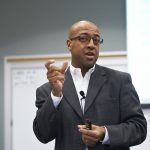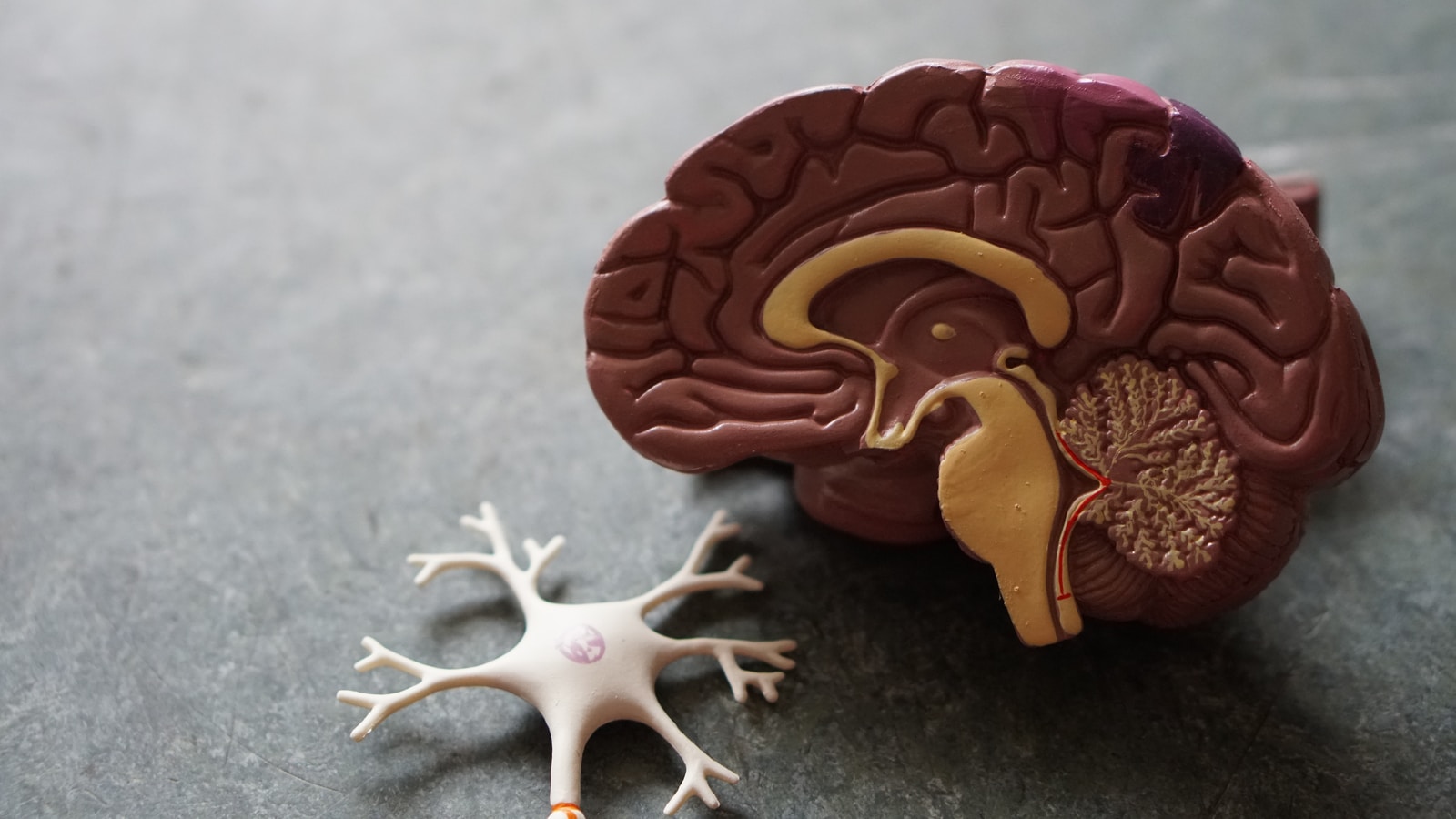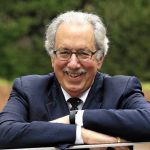Outside perspectives inform coaching practice
Non-traditional fields and areas of practice, such as the helping professions and behavior change research, offer valuable insights for coaching practitioners. Our experts discuss how healthcare coaching and Intentional Change Theory illuminate aspects of human development relevant to coaching.
Challenge:
Coaching methods can benefit from other perspectives
Opportunity:
Non-traditional fields offer valuable insights for coaches
Impact:
Alternative approaches help clients adopt change
Wisdom Weavers
Healthcare coaching offers a different perspective
Wisdom Weaver Margaret Moore entered the field of coaching in 2000 with a vision: “to build a coaching profession in healthcare. I’ve viewed coaching as a way of realizing the potential of helping people take better care of their health and wellness, so I started a school.”
At Wellcoaches School of Coaching, Margaret integrates elements of Intentional Change Theory, which bases its method on “five discoveries” that lead a person to change behaviors and habits while developing competencies, dreams, and aspirations. This model for change empowers people to take control of their healthcare by partnering with coaches to implement lasting lifestyle changes.
Margaret’s growing institute publishes the Coaching Psychology Manual, a peer-reviewed medical textbook that includes science-based coaching techniques. She explains, “Now, there are a dozen peer-reviewed studies, with more than 100,000 coaching visits across a whole bunch of dimensions,” not to mention a partnership with the National Board of Medical Examiners. Impressively, Margaret says, “the American Medical Association has now approved billing codes for coaching based on all of our work.” According to Margaret, the school has now trained 13,000 coaches in 50 countries.”
The healthcare coaching model shows the power of integrating outside perspectives with the field of coaching to foster lasting healthcare changes.
Intentional Change Theory illuminates key learning behaviors
Another Wisdom Weaver who uses Intentional Change Theory, Dr. Melvin Smith, says, “Intentional Change Theory. . .[leads to a] significant behavioral change, not necessarily a smooth linear process where you started [at] your starting point and smoothly progressed to your endpoint of change.” Melvin explains:
“According to the theory, [the behavioral change] occurs more in bursts or spurts that are labeled as ‘epiphanies’ or ‘discoveries.’ What the theory suggests is that there are five of these bursts or spurts or epiphanies that need to occur for individuals to make sustained desired change.”

Behind this model, Melvin explains, is the “recognition that there are positive and negative emotional attractors to which we might be drawn, and these attractors have an impact on our ability to truly change and learn and grow.”
These terms Melvin refers to require some explanation. PEAs, or positive emotional attractors, are a person’s hopes, dreams, and optimistic thoughts about their ideal self. NEAs, or negative emotional attractors, are a person’s perceptions of their shortfalls and problems, which reflect their present reality or real self. Both PEAs and NEAs play an important role in Intentional Change Theory.
Coaching can integrate the “five discoveries” of Intentional Change Theory to help clients:
- Discover their ideal self
- Discover their real self
- Create their learning agenda
- Experiment with and practice new habits
- Get support
PEAs and NEAs play a role in Intentional Change Theory
Wisdom Weaver Dr. Angela Passarelli further explains that positive and negative emotional attractors are “physiological states around which learning behavior is organized, and they stimulate movement through the process of intentional change. Both are necessary. “We need experiences of the NEA (negative emotional attractor) at certain times in the process—to help us focus, to help us make decisions, to help us set goals.”
Angela goes on to explain, “But there are times when [NEAs] can be maladaptive, and then there are times when a PEA (positive emotional attractor) can be maladaptive….Being in the PEA state, the positive emotional attractor state, we’re enabling clients to aspire, to grow, and to thrive; and when our clients are in the NEA state, that state helps them to or forces them to evaluate, to protect, and to survive.”
By understanding how positive and negative emotional attractors impact the five discoveries within Intentional Change Theory, coaches can help clients achieve their personal and professional goals.
Coaching and the United Nations Global Goals
Coaching, in all of its many variations, aims for human flourishing and personal growth. The particular nuances may change with every manifestation, but the individual remains at the center. Margaret’s school of thought highlights the well-being of the clients and explores the process of achieving such personal security. With her conversation and the exploration of Intentional Change Theory, this conversation relates to United Nations Global Goal 3, which aims to ensure healthy lives and promote well-being for all at all ages. By prioritizing the individual, coaching allows for various views and research to impact the core of the field. Through intellectual discussions, ideas can be exchanged, and the field may grow to reach more individuals from all walks of life.
About this Convening
Forty-one Wisdom Weavers from across the globe gathered to share their thoughts and observations on Shaping the Future of Coaching across three separate Future of Coaching Convenings in September 2021. Learn more about the participants and topics covered in this Convening.
For the complete report and research recommendations, see Boyatzis, R.E., Hullinger, A., Ehasz, S.F., Harvey, J., Tassarotti, S., Gallotti, A., & Penafort, F. (2022). The grand challenge for research on the future of coaching. Journal of Applied Behavioral Science. DOI: 10.1177/00218863221079937







